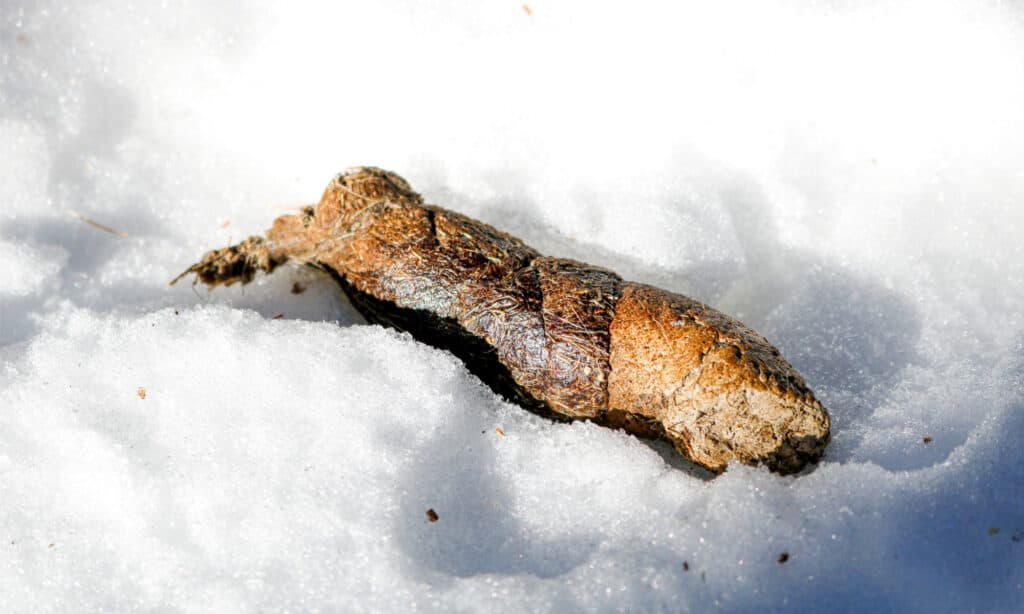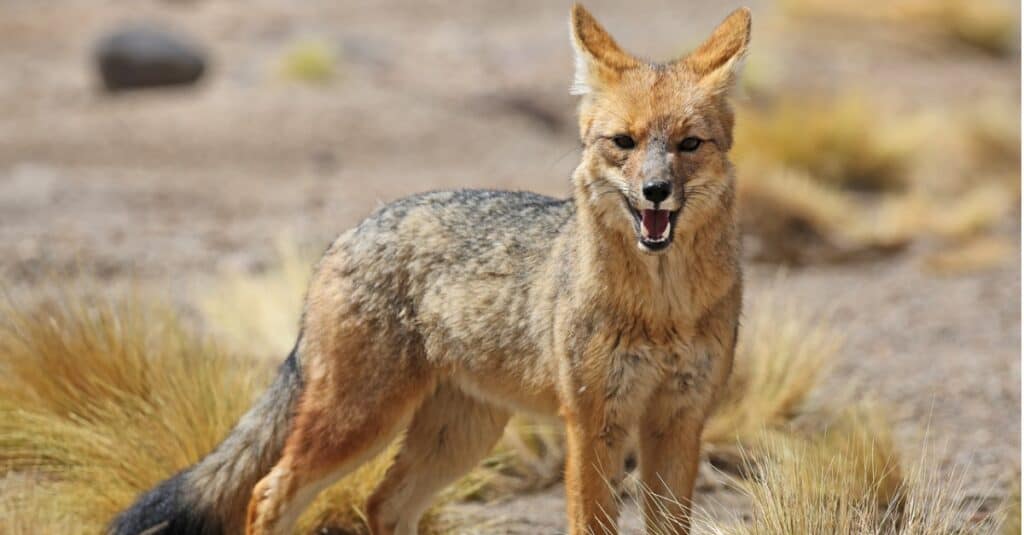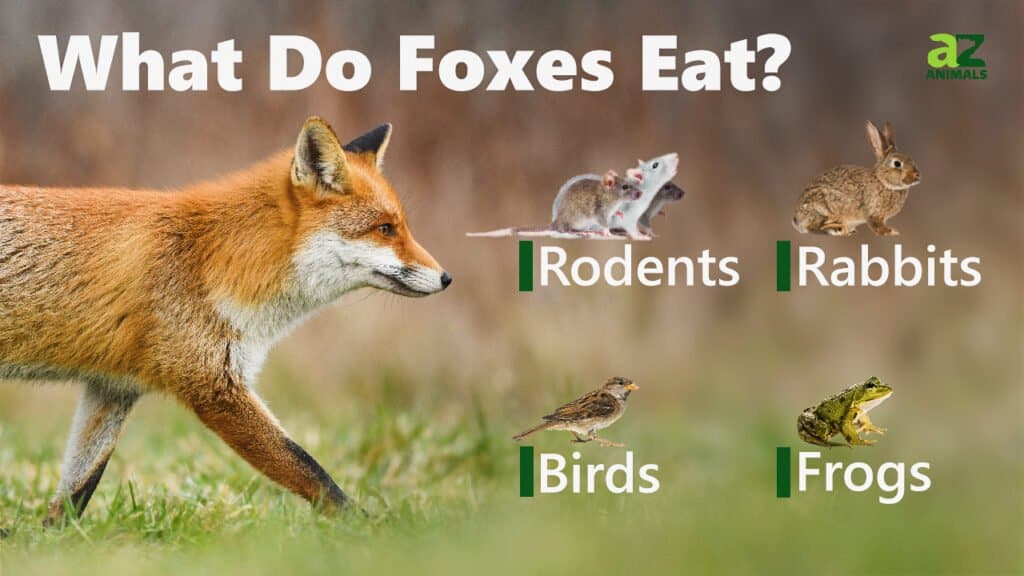Foxes usually receive a bad rap, simply because they often play antagonistic or deceitful roles in fairy tales. Small animal keepers know the harm a fox may cause if it enters your yard. Despite their negative reputation, foxes can be amiable, represent little to no threat to humans, and get along with most household pets.
Renowned for their curiosity and high energy levels, foxes typically cause a problem when they prey on farmed chickens, rabbits, or ducks. If you believe a fox has been frequenting your backyard, fox poop is the best telltale of a fox’s territory.
However, what does fox poop look like, and does it smell? We will clear that up by providing fox poop images to help you identify the animal who left it behind.
Even though it’s unpleasant, one of the most significant signs of a wildlife pest is the feces it leaves behind. Since foxes are nocturnal and shy away from humans, homeowners frequently discover scats long before seeing the animal itself. Hence, resorting to the analysis of its poo is the key to identifying it.
This article will explore everything there is to know about fox poop, provide fox poop images and answer the question: what does fox poop look like?
What Does Fox Scat Look Like?

A fox scat has a tubular shape with pointy edges on both ends, a diameter of 1/2 inch, and a length of nearly 2 inches.
©iStock.com/lauraag
At first glance, fox droppings may resemble dog droppings. Depending on where they dwell, fox droppings can have a variety of characteristics. Their scat is typically lengthy and twisted in rural settings where their diet comprises tiny birds and mammals and may contain fragments of bone and fur.
Foxes typically consume more meat, bread, and bird seed in urban locations, and their excrement resembles dogs’ poop more often.
Let’s now go into more detail regarding the features of fox scat identification:
Shape
A fox scat has a tubular shape and one pointy end, a diameter of 1/2 inch, and a length of nearly 2 inches. The dropping often comes in a single string, but occasionally you’ll find two or three strings of feces.
Texture
The excrement appears wet and smooth when it is still fresh. However, the scat looks rough and a little tight on the surface when dry. The presence of wet fox droppings indicates the fox is nearby.
Color
The type of food the fox eats affects the color of its excrement. Typically, the color ranges from tan to dark brown. In contrast to foxes living in forests or rural regions, urban foxes have lighter-colored scats.
Contents
Fox scat comprises remnants of the food the fox consumes. Many components of their meals are incompletely digested and move out of their bodies through excrement. For instance, the scat may include fruit seeds and fur and bones from the prey animals they consume.
Does Fox Scat Smell?

Fox scat has a musky smell but is considerably less potent than dog poop.
©iStock.com/tane-mahuta
The distinctive “foxy” scent of fox poop is the best indicator of its presence. Fox scat identification has a musky smell but is considerably less potent than dog poop. And while almost nothing in the wild stinks as terrible as fox scat that has been smeared on something, you might not be able to smell it at all once it has dried.
If the scat is still fresh, getting rid of the stench is tough if you stepped on it accidentally or if your dog rolled in it. An odor eliminator is the simplest technique to get rid of it, and it eliminates stains, neutralizes odors, and has a strong antibacterial component to eliminate bacteria. Simply spray it on a moist towel and wipe it down to use.
Is it Fox or Cat Poo?
Fox feces typically share similarities with cat feces, but they tend to have a more pronounced odor. Fox droppings often contain distinguishable fragments that are absent in cat feces, and they may occasionally exhibit a distinctive twisted shape at one end.
Foxes are also known for scent marking, similar to cats, yet different.
This explains why foxes frequently defecate on top of or amidst objects such as the center of lawns, paving slabs, or garden furniture, in addition to marking the perimeter.
The persistence of their scent in your garden serves to reassure foxes that no potential intruder is attempting to establish dominance.
Why Do Dogs Love Rolling in Fox Scat?
Eating or rolling in poop is widely considered to be a dog thing, although there are a few theories as to why your dog may have a preference for feces.
The most common explanation is that they still have an ingrained hunting impulse. According to popular belief, dogs enjoy rolling in feces like wolves to mask their scent. They can approach their prey closer without being detected if they smell more like their surroundings.
Another hypothesis is that it’s a means of returning the odor to their home pack. It can be a tactic to get their fellow pack members to smell them so they can follow the scent back to the location of the unpleasant treasure.
Alternatively, it might just be your dog bragging. Your dog might roll in poop to show their packmates that they went exploring outside and found something spectacular. In other words, it’s the canine version of vacation photos.
The simplest explanation, though maybe less intriguing, is that they simply enjoy the smell. Humans may find fox poop disgusting and have no desire to rub it all over our bodies, but we spray perfume on our necks. Maybe your dog loves the aroma of Eau de fox and wants to make it its signature scent.
Is Fox Scat Dangerous?
While foxes can spread diseases like rabies and mange, contact with fox scat can be dangerous. Roundworms and tapeworms are frequently found in fox poop. Even worse, these parasites and their eggs contaminate the soil below fox droppings.
Fox poop frequently contains roundworm parasites, which can cause the uncommon sickness known as toxocariasis. Humans who handle sand or soil contaminated with infectious fox feces may contract this.
The parasite toxoplasmosis can harm the eyes, kidneys, blood, brain, and nervous system of any species it infects and is present in most mammal and bird species.
Foxes, coyotes, and occasionally dogs and cats are hosts to the tapeworm Echinococcus multilocularis (E. multil). The feces of infected animals disperse the disease throughout the environment. The liver is the most common organ to suffer cyst-like damage when someone accidentally swallows tapeworm eggs.
Since the damage is gradual, it can be years before any symptoms appear.
What Do Foxes Eat?

Foxes are actually omnivores, not carnivores, as is commonly believed. Foxes will consume a wide range of food in the wild, although meat makes up most of their diet. Typically, they will hunt animals when present but settle for plants if no meat is available. They especially appreciate fatty, high-protein food like fish, eggs, and chickens.
However, they also appreciate savory and sweet meals, such as fruit, dairy, and nuts. Foxes will consume carrion if it is available. A fox may consume trash or leftover food if it dwells near humans.
The photo featured at the top of this post is © iStock.com/Film Studio Aves
Thank you for reading! Have some feedback for us? Contact the AZ Animals editorial team.






